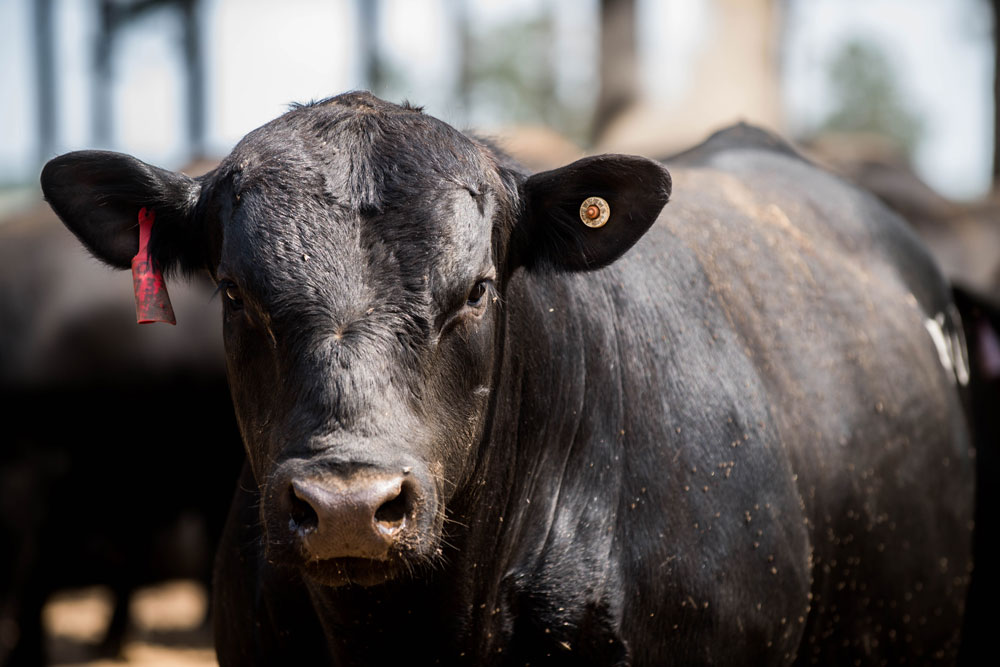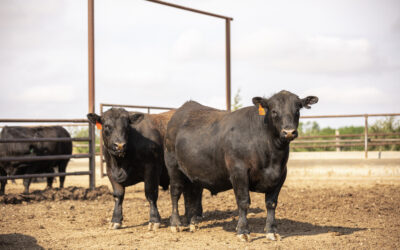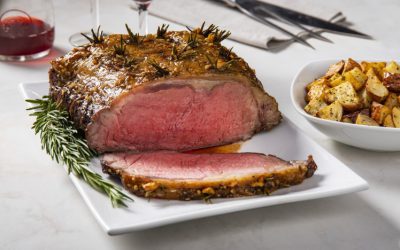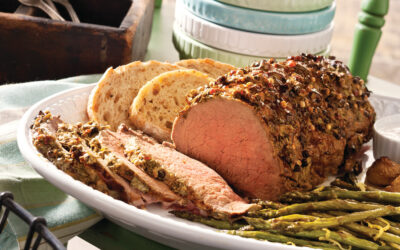
Packer says cooperate, modern technology
By Miranda Reiman
October 12, 2011
If national trends are the equivalent of a beef industry report card, then ranchers and feeders are making the grade.
But Glen Dolezal, of Cargill Meat Solutions, warns that they need to pay attention to stay at the top of the class.
“Beef quality has been up each of the last three years, but we do have some concerns,” he said during a presentation at the Feeding Quality Forum. The company’s assistant vice president of business development and field sales leader outlined both the bright spots and challenges at the meetings in Omaha, Neb., and Garden City, Kan., in late August.
“Beef demand is linked to the great taste of beef,” Dolezal said. “We like to think of it as a three-legged stool made of tenderness, juiciness and flavor. If any one of them is broken, the eating experience doesn’t work.”
Trying to ensure that consistency, three out of every four carcasses in Cargill’s plants are destined for branded programs, and the increased quality of the past few years has helped them fill those orders.
“We think a lot of that is related to changes in genetics,” he said. “We’re seeing a high percentage of black-hided cattle entering our facilities.”

Dolezal talked about a Colorado State University study that evaluated eating experience at several different marbling levels. He noted that as the researchers selected carcasses with trace amounts of marbling or Standards, only 49% were “A-stamped,” denoting “Angus-type” at the plant. Compared to 92% of all moderately abundant (Prime) that received the same classification.
Cattle feeders are also using more ethanol co-products to economically extend days on feed.
“We think all of this is positive to beef quality,” he said.
What’s not? The increased intensity of implants along with the use of strong beta-agonist feed additives.
“At Cargill, we won’t buy cattle that knowingly have been fed zilpaterol [beta-2 agonist],” Dolezal said.
“Our point of view is that if we get too aggressive (with regard to growth) throughout the animal’s lifetime it can have an impact on the consumer attributes of size, quality and tenderness,” he said. “So we need to find a balance. The message there is that we ask you to be careful.”
As cattlemen make genetic and management decisions, it’s important to have good data to compare year-to-year.
“If you were trying to make genetic change or changing an implant program or feeding ration and you drew a grader that required more marbling to call it Choice, you’d think your cattle aren’t very good,” he said. “But on a different day you could draw a grader that required less, and you’d think you had really good cattle.”
The USDA and packers worked together for many years calibrating and testing camera systems before implementing them to call marbling scores. Currently about 10 plants in the U.S. use the technology to determine quality grade.
“The cameras have been a big win, a big success story,” Dolezal said. “Our customers have been very pleased with the consistency they’re getting box to box, based on marbling levels and other traits.”
Cattle producers should be happy, too.
“Data for grid payments and pre-harvest decisions are more accurate, consistent and repeatable,” he said.
Dolezal said that each part of the beef industry needs to rally together to continue pleasing the consumer.
“We’re all in this together, and if we can ever get in the same spirit on the same page, working together, we’re going to put out a greater product and more of it to compete with other proteins or even the vegan diet,” he said. “We have to be on the same page to promote beef and grow demand for it for every segment to be profitable into the future.”
The Feeding Quality Forums were co-sponsored by Pfizer Animal Health, Certified Angus Beef LLC (CAB), Feedlot Magazine and Purina Land O’Lakes. More information and proceedings are available at www.cabcattle.com.
You may also like
Misaligned Cattle Markets and Record-high Carcass Weights
Few things in cattle market trends are entirely predictable but the fact that carcass weights peak in November is as close to a sure bet as one could identify. Genetic selection for growth and advancing mature size has fueled the long-term increase in carcass weights.
Credit End Meats With CAB Value-Add
We focused on fourth-quarter middle meat demand as a beef price driver in the last edition of the Insider. This is certainly the case in the current data as rib and tenderloins are pricing near their annual highs. However, a look at annual price trends across the beef carcass shows increasing contributions to CAB premiums from both ends of the carcass.
Middle Meats and Supply Driving Fourth Quarter Spreads
At the retail level, November brings a brief shift in focus, away from beef to turkey and ham, for Thanksgiving meals. Turkeys are the classic “loss leader” item in grocery stores during November as retailers practically give them away to lure a volume of shoppers to spend on the high-margin center of the store goods.



